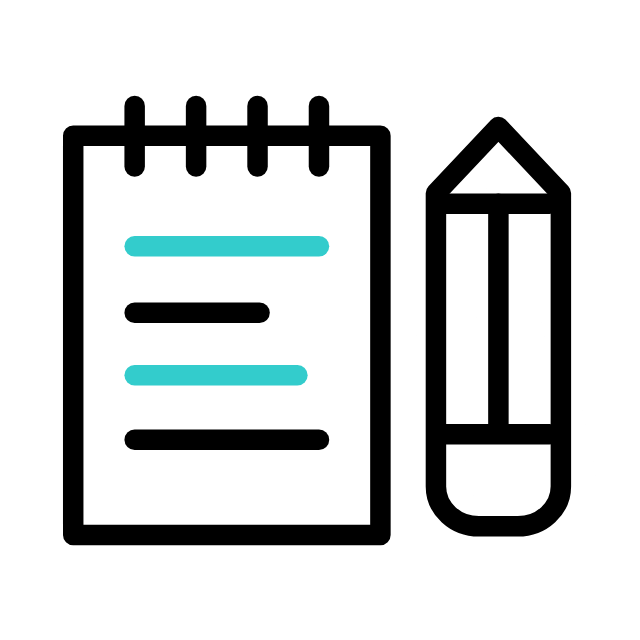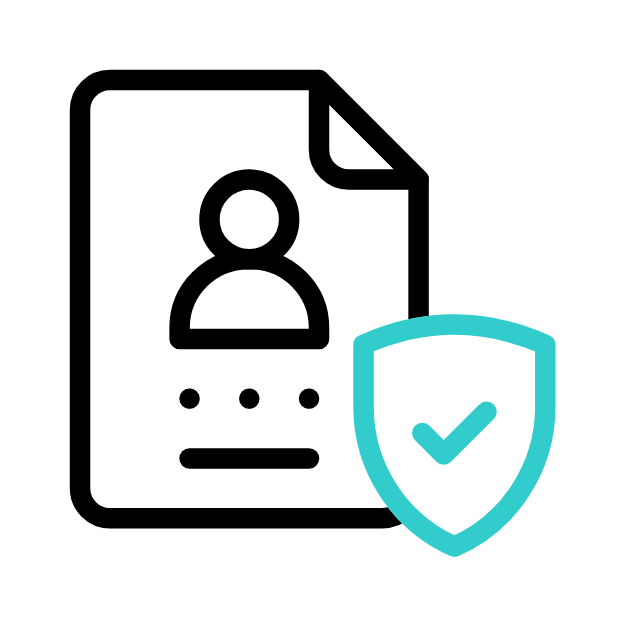HISTORY OF UZBEK LANGUAGE IN AFGHANISTAN (FROM THE TIMURIANS OF HERAT TO THE BEGINNING OF THE 21ST CENTURY)
Maqola haqida umumiy ma'lumotlar
Afghanistan, which was known as Khorasan and Ariana in previous centuries, has been inhabited by different ethnic groups and tribes since ancient times. In Afghanistan, there is a vast land called Turkestan, as its name shows that the Turkish peoples i.e. (Uzbeks and Turkmens) live in it, but so far there has been less talk about the Uzbeks of Afghanistan and their language. The Uzbek language belongs to the eastern branch of Turkish languages, Turkish languages are part of the great family of Altaic languages, Turkish language was born in Iran, Afghanistan and Tajikistan with the emergence of Qarakhanians and Ghaznawians, and with the passage of time and the continuation of the rule of Turkish dynasties and The Turkish speakers flourished (Sabaghi, 2020, p. 4). The history of calligraphy and ancient literary and written works of the Uzbek language goes back to the inscriptions of "Orkhon Yenisi". These petroglyphs were obtained from the shores of the Orkhon seas in Mongolia, Yenisei (Ana-sai, meaning the mother valley) in southern Siberia, Talas in Kyrgyzstan and other areas such as Eastern Turkestan, Central Asia, the Caucasus, the Volga coast and parts of Europe (Vafai, 2008, p. 13).
1- Ibrahim, Mohammad Rahim (2013). Afghan Uzbek Literature, Kabul: Bolot Publications.
2- Imaq, Faizullah (2019). Turkish-Uzbek vocabulary in Farsi, 2nd edition, Kabul, Shabak Publications.
3- Barzgar, Irfan (2019). National Uzbek Language Day, Kabul, Neshana news agency in collaboration with Qoresh Institution.
4- Payman, Wahid (2022). Turkish descendants of Afghanistan, Wahid Peyman's personal blog.
5- Taxten W.M. and Et al (1384). Timurians. Translated by Yaqub Azhand, Tehran: National.
6- Timzyork, Fari (2016). Language policy and history of Turkish education in Afghanistan, Turklik publication of Turkey.
7- Sabbaghi, Ali (2011). The Specialized Journal of the Stylistics of Persian Poetry and Prose (Bahar Adab), fourth year, number 11.
8- Javadi, Abbas (2021). How the Turks became Muslims, digital publication, DJavadi. Contact:Abbas@gmail.com.
9- Fawzi, Firouz (2012). Turkish culture and literature in Afghanistan, Batman University International Science and Culture Symposium.
10- Kargar, Abdullah (2011). Turkestan Land and Rulers, Kabul, Al-Azhar Publishing House.
11- Kashghari, Mahmoud (1996). Dictionary of Al-Turk, translator: Seyyed Mohammad Dabir Siyaqi, Turkey: Ankara.
12- Kohkan, Mohammad Alam. (2018). Hasht Sobh Newspaper, Afghanistan: Kabul, No. 2150.
13- N.M. Meleh Yaif. (2000). History of Uzbek Turkish Literature, translated by Burhanuddin Namaq Shahrani, Afghanistan Publishing House: Kabul University.
14- Hait, Javad (1997). A Journey through the History of the Turkish Language and Dialects, Tehran, Neshrno Publishing House.
15- Vafaei, Abbas Ali (2006). The Influence of Persian Language on Uzbek Language, Tehran: Al-Hadi.
16 - Poppe, N (1960). Vergleichende Grammatik der Altaischen Sprachen I. Vergleichende Wiesbaden: Lautlehre. Poppe, N. (1965). Introd.
Qatey, A. ., Mahboob, M. ., & Hanif, S. . (2024). HISTORY OF UZBEK LANGUAGE IN AFGHANISTAN (FROM THE TIMURIANS OF HERAT TO THE BEGINNING OF THE 21ST CENTURY). Academic Research in Educational Sciences, 5(7.8), 162–171. https://doi.org/
Qatey, Assadullah, et al. “HISTORY OF UZBEK LANGUAGE IN AFGHANISTAN (FROM THE TIMURIANS OF HERAT TO THE BEGINNING OF THE 21ST CENTURY).” Academic Research in Educational Sciences, vol. 7.8, no. 5, 2024, pp. 162–171, https://doi.org/.
Qatey, ., Mahboob, ., and Hanif, . 2024. HISTORY OF UZBEK LANGUAGE IN AFGHANISTAN (FROM THE TIMURIANS OF HERAT TO THE BEGINNING OF THE 21ST CENTURY). Academic Research in Educational Sciences. 7.8(5), pp.162–171.
 O'zbekcha
O'zbekcha English
English Русский
Русский


